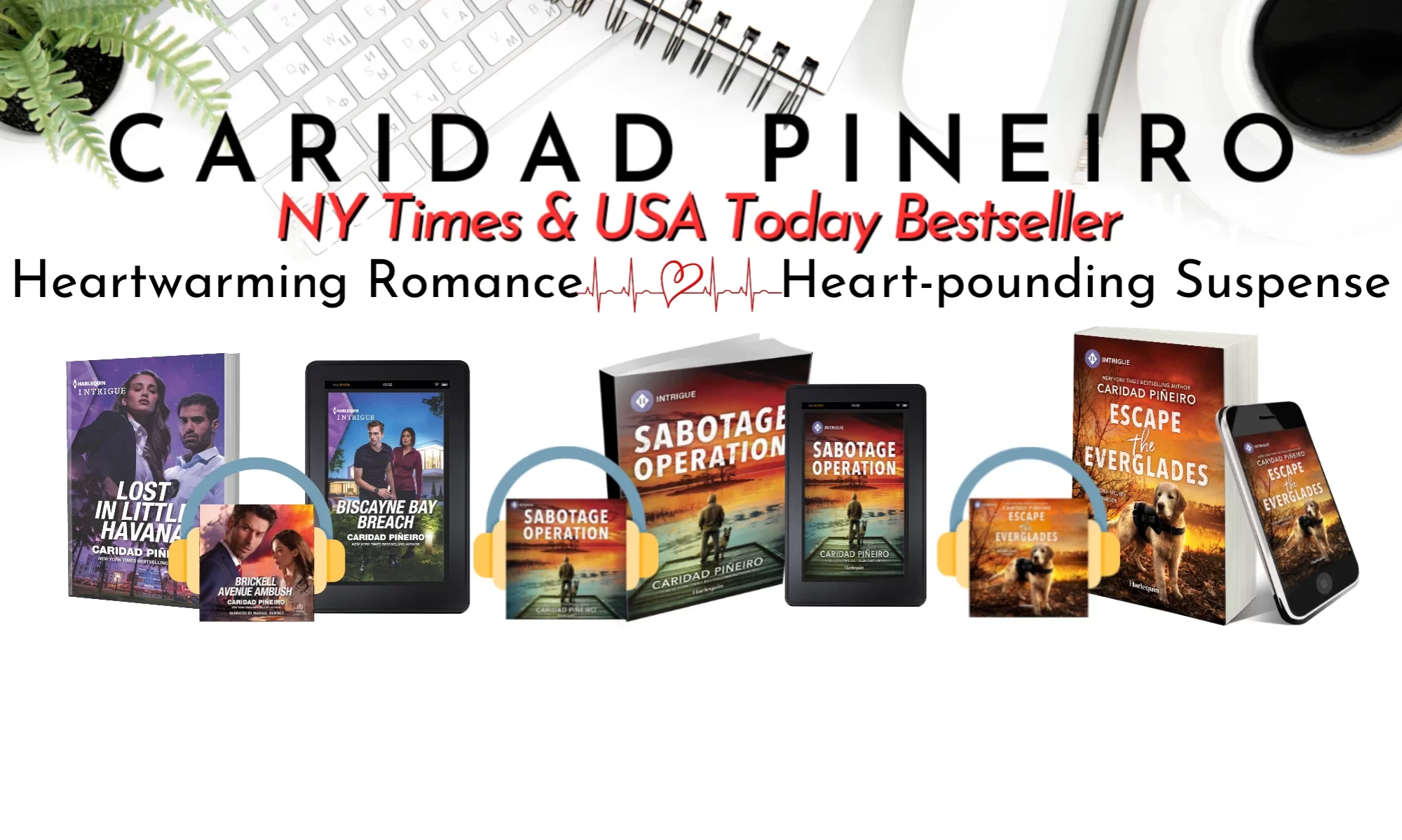You’ve started your book. You have the basic idea of what you plan to write (genre and length) and understand the conflict with which your characters will deal. But to be intriguing, your characters not only need that internal conflict to resolve, but dialogue that fits them and is effective. In addition, the dialogue that occurs between the characters has to convey necessary information. The key is — not too much information. You want the reader to intuit any secondary meaning in the words and also, the emotions and intent behind the words.
So what is effective dialogue? Effiective dialogue:
1. Advances the plot and adds to the story
2. Doesn’t use unnecessary prompts or cues (like er, hmm, oh)
3. Doesn’t use excessive tag lines (she kidded, teased, warned)
4. Keeps the flow going
5. Fits the characters
What kind of Dialogue Advances the Plot and Adds to the Story? Consider the three following examples:
“I’m leaving,†he said to the lieutenant.
“I hate this place,†he said and handed the lieutenant the paper.
“I can’t wait to walk out that door.†He handed the lieutenant his transfer request.
Of the three, the last one advances the plot and adds to the story by providing more information.
Effective Dialogue doesn’t use nnecessary prompts or excessive tag lines:
Try listening to everyday conversations. Be an eavesdropper (something which writers are allowed to some extent).  Every day conversations may be realistic, but they are generally BORING! Every day conversations are generally filled with needless prompts.
Prompts (or cues) are the things such as:
“How are you?â€
“What’s new?â€
A “Tag line†is the last line of a speech which is used to clarify or dramatize a point. For example, “he said†or “she saidâ€. Tag lines should be simple and not “he mutteredâ€, “she croakedâ€, “he groanedâ€.
Also try to avoid tag lines that contain unnecessary exposition. For example, in a scene where only two people are present, let’s assume a vampire and a woman, it is not necessary to say, “I want a bite,†the vampire said to the woman. We know it’s just two people in the room and therefore “to the woman†is unnecessary.
Plus remember Rule One about advancing the plot/adding info. If he’s a vampire, do you need to have him say, “I want to bite.�
More effective dialogue would be “You expect me to bite. What if you’re not biteable?â€
This makes us wonder whether the vampire regularly bites and also, why the woman isn’t biteable. In a romance, it would also make us wonder if the vampire “doth protest too much†about her biteability.
Effective Dialogue Should Keep the Flow Going:
All writers do it at one time or another, namely: “I really hadn’t planned on that,†he said and walked across the room. He continued. “But then again, maybe I will.â€
Breaking the flow may damage a scene by pulling the reader out of the moment. In general, leave descriptions to the end of the dialogue. For that matter, if the description doesn’t set the tone/nature of the dialogue that is occurring, omit it entirely. Excess narration at this point can negatively impact on the exchange between the
characters. For example:
“I didn’t mean – “ she began, clenching her hands on the handle of her suitcase.
“For this to happen?†he said, cutting her off as he walked across the room, his stride hesitant.
Almost fearful.
Compare the above to this:
Her hands clenched on the handle of her suitcase. “I didn’t mean – “
“For this to happen?†He walked across the room, his stride hesitant.
**End Part One.
Copyright 2006 Caridad Pineiro Scordato
Â
Â
